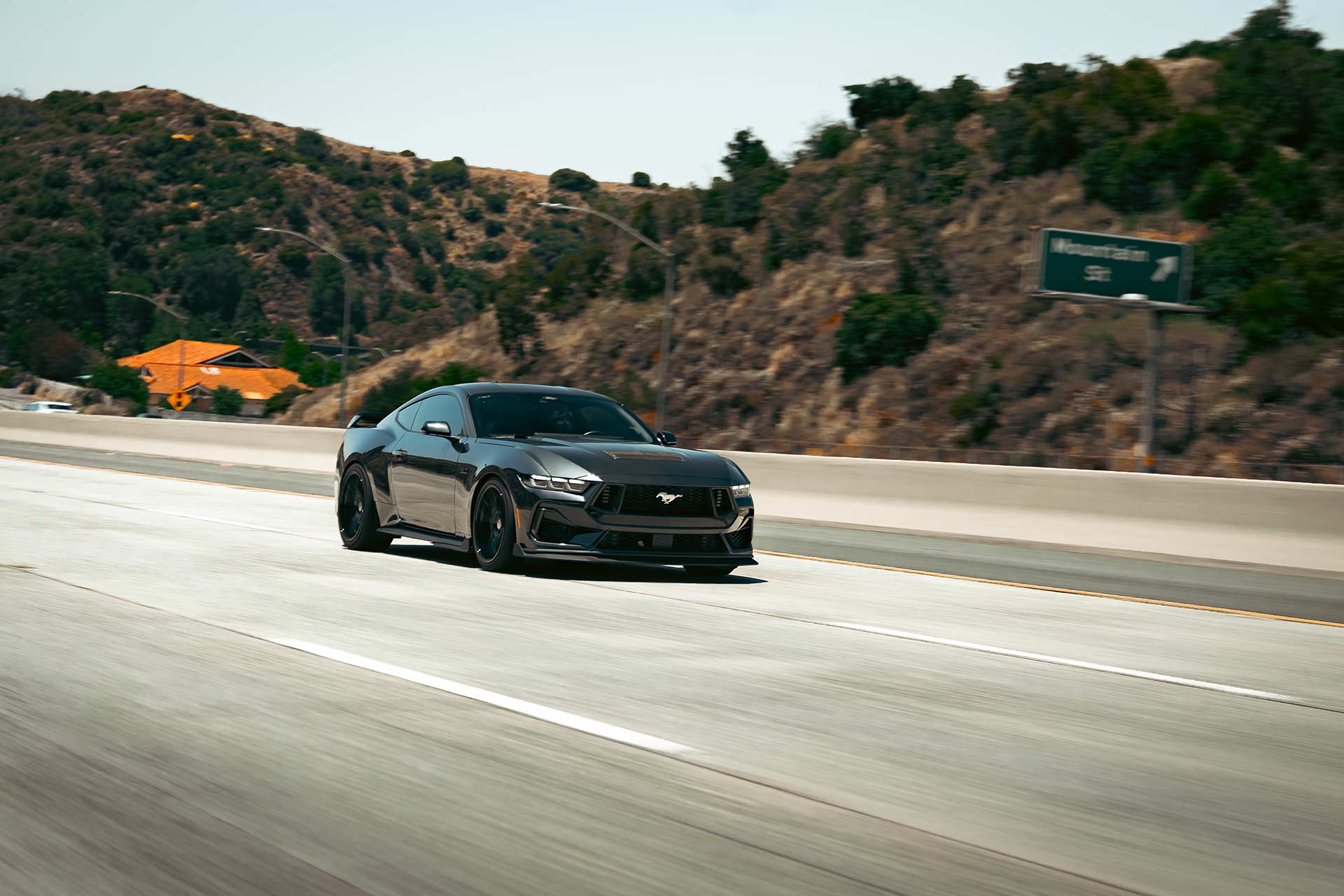Understanding Wheel Specifications Beyond Basic Fitment
The automotive aftermarket wheel industry thrives on innovation, but for enthusiasts, navigating wheel specifications often feels like deciphering an alien language. While bolt patterns and diameters dominate basic fitment discussions, true wheel mastery requires diving deeper into the engineering nuances that define performance, safety, and aesthetics.
This guide unpacks the critical specifications that separate informed decisions from costly mistakes, empowering enthusiasts to transform their vehicles with confidence.
The Fundamentals: Core Wheel Specs Explained
Wheel Diameter and Width
Wheel dimensions like 18×8.5 represent diameter (18 inches) and width (8.5 inches). Diameter directly impacts tire sidewall height—a larger diameter allows shorter sidewalls for sharper handling but sacrifices ride comfort. Width influences tire stretch or bulge: a 9-inch wheel paired with a 245mm tire creates a slight stretch for responsive steering, while an 8-inch width offers a more forgiving fit for all-season driving.
Mismatched widths destabilize tire profiles. A wheel too narrow for the tire risks bead separation during hard cornering, while excessive width can cause premature tread wear at the shoulders. For track-focused builds, enthusiasts often prioritize width to maximize contact patch, but daily drivers benefit from balancing grip with road compliance.
Bolt Pattern: The Compatibility Gatekeeper
Expressed as 5×114.3 (five lugs spaced 114.3mm apart), bolt patterns are non-negotiable. Deviating even 1mm prevents proper seating, creating vibration and hub stress. Modern vehicles increasingly use hub-centric designs, where the center bore locates the wheel precisely.
Adapters may seem like a shortcut for pattern mismatches, but they introduce spacer-induced scrub radius changes and increased bearing loads. As an example, if a Porsche 911 (5×130) owner wants to fit Audi wheels (5×112), custom adapters with integrated centering rings are mandatory but add rotational mass—a trade-off for aesthetics versus dynamics, which is less than ideal.
Center Bore: Precision Matters
Hub-centric wheels use a center bore matching the vehicle’s hub diameter (e.g., 56.1mm for a current gen Subaru WRX). Proper alignment eliminates vibrations by ensuring load transfers through the hub, not the lug nuts or bolts. Ill-fitting bores require plastic or metal rings, known as hub rings. Both metal and plastic hub rings are totally safe with proper installation.

Offset and Backspacing: The Stance Architects
Offset: Pokin’ Out
Measured in millimeters, offset is the distance from the wheel’s mounting surface to its centerline. Positive offset tucks the wheel inward, while negative offset pushes it outward. Zero offset centers the wheel perfectly.
A +35mm offset on a 9-inch wheel positions it 12mm farther out than a +47mm equivalent. This impacts suspension geometry: reduced offset increases scrub radius, amplifying torque steer in high-power front-wheel-drive applications.
Backspacing: Clearance Calculator
Backspacing measures from the mounting surface to the wheel’s back edge in inches. It dictates clearance for brake calipers, suspension arms, and fender liners. A 6-inch backspace on a 10-inch wheel leaves 4 inches of outer rim—ideal for clearing massive Brembos on a Corvette Z06 but risky on a lowered Civic without rolled fenders.
The formula linking offset and backspacing is:
Backspacing = (Wheel Width / 2) + (Offset / 25.4) + (Flange Thickness / 25.4)
In most cases, the flange thickness is approximately .5 inches.
Real World Example for a 10-inch wide wheel with a +28 offset:
Backspacing = (10.5 / 2) + (28 / 25.4) + (0.5) = 5.25 + 1.10 + 0.5 = 6.85 inches

Load Ratings and Structural Integrity
Load Capacity
Load ratings (e.g., 1,650 lbs) indicate maximum weight per wheel. Underloading risks catastrophic failure. Overloading flexes the barrel, cracking under impacts. For example, if a front axle is rated at 2,400 lbs, each front wheel must be rated for at least 1,200 lbs.
However, weight distribution is rarely perfect. Even sports cars like the Mazda MX-5 Miata or Honda Civic Si often have more weight over the front axle, especially under braking, so it’s important to use the highest axle load as your reference, not just divide the total vehicle weight by four. This ensures that even during dynamic maneuvers—such as hard cornering or emergency stops—your performance wheels remain within their safe operating limits.
Material Science in Motion
Cast Wheels: Molten aluminum poured into molds offers affordability but variable density.
Flow Formed: Roll pressure aligns alloy molecules, creating lighter, stronger barrels. Ideal for spirited driving where unsprung mass affects damping response.
Forged: Billet aluminum compressed under extreme pressure yields the highest strength-to-weight ratios. A 19-inch forged wheel can weigh 18 lbs versus 25 lbs for cast—a 28% reduction that improves acceleration and braking.
Advanced Considerations
Unsprung Weight: The Hidden Performance Factor
Reducing wheel weight by 10 lbs per corner equates to removing 100 lbs from the chassis in terms of suspension responsiveness. Lighter aftermarket wheels improve bump absorption, reducing skidpad time variance on uneven tracks. However, ultra-light designs sacrifice durability—a trade-off evident in rally racing where reinforced beads prevent rock-induced bends.
Conclusion
Wheel specifications are a geometric language that, when fluently understood, unlock transformative potential. By marrying technical rigor with practical application, enthusiasts elevate their builds beyond aesthetic trends into realms of engineered precision. Every millimeter of offset, every pound of load capacity, and every gram of unsprung mass tells a story. Informed choices lead to safer, faster, and more satisfying driving experiences.
That said, it’s important to note that these are just general guidelines to follow and have knowledge about. There are several factors that defy the logic of these fundamentals, such as extremely aggressive, special fitments for specific use cases and aesthetics.
For example an enthusiast who tracks their car would use a much more aggressive setup that requires suspension and fender mods versus someone who purely street drives. The same can be said for someone who wants to run a unique, super-cambered and tucked fitment.

